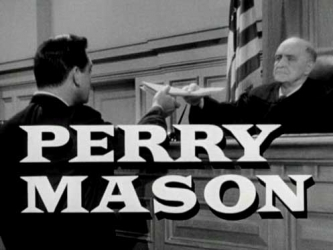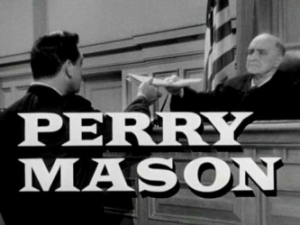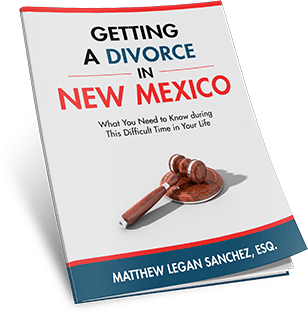Miranda warnings in Albuquerque are often misunderstood.
Sometimes I wish that being an attorney was similar to the portrayals I’ve seen on old-school shows like Perry Mason. I can picture the scene in my mind’s eye [insert flashback sound effect here].
The scene begins in court. The arresting officer is sitting on the stand and nervously waiting for my cutting cross examination to begin. My client is dejectedly sitting at the table in a slouched position with his face buried in his hands. Out of the mist I suddenly swagger into court, slowly look at my client, *wink*, glance over to the presiding judge, and then gaze up towards the American flag that is majestically fluttering in the distance.
After a few seconds of this majestic pose, I turn to the arresting officer and begin my all frequency assault on the somber courtroom with ten eloquent and electrifying words – You Didn’t Read My Client His Miranda Rights . . . Did You?
Suddenly the officer’s cocky smirk withers into a confused frown. He let’s out a helpless sigh. My client sits up – his eyes exploding with excitement. At the same time the judge lifts his head, for the first time, from the book that previously gripped his attention. The judge stares at me with a twinkle in his eye – nods his head at my client – and then mercilessly brow-beats the arresting officer for foolishly failing to read my client his Miranda rights.
“Not guilty!” is heard echoing through the courtroom as I strut out of court with the arresting officer slumped on the stand, reeling from the majesty of jurisprudence.
End scene.
Although the real world never replicates the majesty of television, I often speak with people that are under the impression that an officer’s failure to read Miranda warnings is the ace in the sleeve that makes any case instantly disappear. I commonly receive questions that are based on one’s misunderstanding of how Miranda warnings operate.
MIRANDA WARNINGS IN ALBUQUERQUE
We’ve all heard Miranda warnings on our favorite cop show – even if we didn’t recognize them by name. They usually take place at the end of the episode when the villain is finally captured in a heroic showdown and then placed under arrest. As the credits begin rolling across the screen you hear the officer victoriously proclaim “You have the right to remain silent. Anything that you say can be used against you in court. . . .” That spiel is the officer reading one a portion of the Miranda warnings.
Miranda warnings were established in the landmark U.S. Supreme Court case — Miranda v. Arizona – which held that an interrogating officer is required to warn individuals of their constitutional right against self-incrimination and their constitutional right to assistance of counsel. The warnings are intended to protect against the potential coercive effect of custodial police interrogation. If the warning are not given and the individual does not knowingly and voluntarily waive his or her rights, nothing that the individual says during the custodial interrogation can be used as evidence in their case. In other words, anything that the person says to the officer, during the custodial interrogation, is not admissible in court.
Here’s where the issue usually gets blurry. The right to Miranda warnings are only triggered when an individual has been formally arrested, taken into custody, or otherwise deprived of their freedom of action in any significant way.
MIRANDA WARNINGS AND TRAFFIC STOPS IN NM
In New Mexico, Miranda warnings are not required for routine traffic stops. This means that an officer’s general questions while investigating a possible crime – such as DWI – do not require Miranda warnings unless there has been a formal arrest, and one is questioned while in police custody. Moreover, New Mexico law holds that questions posed during an ordinary traffic stop do not amount to the requisite “custodial interrogation” for purposes of Miranda warnings, even if an individual is prevented from leaving the scene. Courts reason that officers may briefly “freeze” the scene of a crime without actually detaining individuals within the meaning of “custodial interrogation.”
According to case law, in order to rise to the level of “custodial interrogation” the Officer’s questioning must become excessively prolonged, the Officer must use a degree of force indicating that one has been placed under arrest, or an individual must be taken to the police station for booking.
The important thing to take away is that Miranda warnings are not required prior to a formal, custodial arrest. Once an individual has been arrested the warnings are only required if one is questioned while under police custody. Therefore, only questions asked after this point require a valid Miranda warning. Most importantly – the lack of a valid Miranda warning does not invalidate the arrest, only the incriminating statements that one makes after the arrest and during the custodial interrogation.








